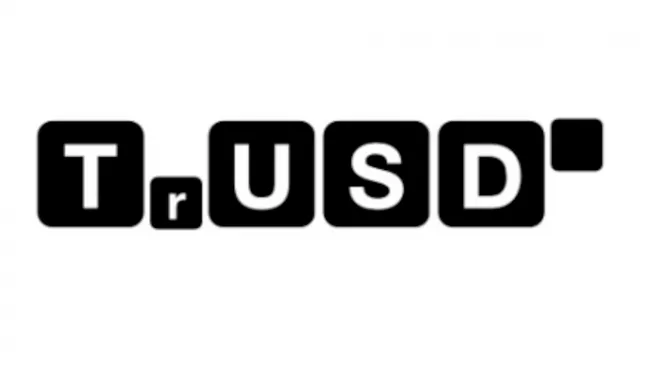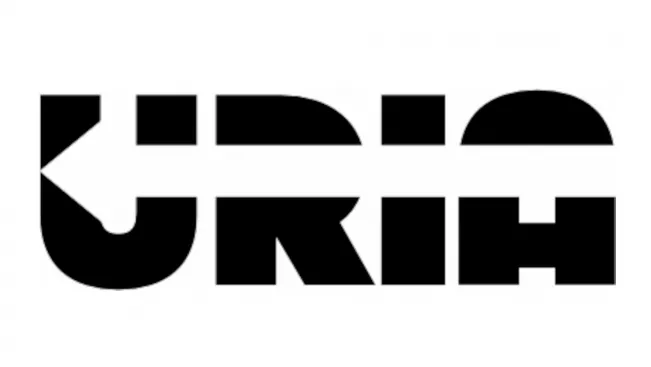Research at the university
Research Database: Projects
Forschungsprojekte (196)
Die Hochschule Bonn-Rhein-Sieg - einfach ausgezeichnet. Studieren Sie bei uns! Es erwartet Sie ein praxisorientiertes Studium auf der Basis aktueller Forschungsergebnisse.
Controlling a robotic system to perform a certain set of actions in an unknown and dynamic environment is easy if you have a perfect model of that environment. However, in the real world, such models are unavailable. In this research we are tackling the challenge of deploying an information maximization control strategy for Unmanned Aerial Vehicles (UAV) by accurately sensing and modelling dynamic environments using sensors and multi-sensor fusion methods.
Assuring the safety of teams of autonomous unmanned aerial vehicles (UAVs) that carry out a safety-critical inspection task collaboratively is very challenging due to uncertainties and risks associated with the operating environment, individual UAV failures, inconsistent global perspective between team, interference and/or contention because of limited physical space, and unreliable communication. In SAFEMUV, we will extend, adapt, and integrate our recent research and the latest advances from operational risk assessment for UAVs, managing variability in robotic systems through feature modelling, and automated synthesis of models and testing campaigns for assessing system robustness. In a nutshell, SAFEMUV will deliver a process for systematic robustness assessment of UAV teams underpinned by methods for the specification, generation and testing of collaborative inspection scenarios, enabling the progressive transition from simulation to lab-based operations and to real-world operations; and a demonstrator that realises this process using an a simulated environment, an indoor flight arena and an outdoor space at Luxembourg Airport.
Project management at the H-BRS
Prof. Dr Nico HochgeschwenderThe main objective of METRICS is to organise challenge-led robotics competitions as clear, rigorous and effective evaluation campaigns for the four priority areas, namely healthcare, agile production, inspection and maintenance and agri-food. These competitions are a cornerstone for the effective design, manufacture, deployment and modification of robotic systems. To this end, METRICS will design metrology-grade methods for robotics evaluation, maximise the take-up of the evaluation and benchmarking tools, ensure the industrial relevance of challenge-led competitions, attract industrial stakeholders, academics and the general public to competitions, maximise the compliance of robots with ethical, legal, social, economic requirements, help to fill the normative gap for intelligent robotic systems by designing evaluation plans as representative standards, and structure the European robotics community around competitions in the four PAs and ensure its sustainability.
Providers of electric power from renewable sources e.g. photovoltaics or wind turbines underlie seasonal and weather-related variations. This demands a significant expansion of energy storage capacities. A possible solution is storage in the form of hydrogen, especially in metal hydride tanks.
In the course of digitalization, more and more data is being collected and evaluated in companies. This can optimize business processes, but also has the potential to affect employees' personal rights. The research project TrUSD builds a bridge between the potential of data analysis and the right of employees to privacy by developing so-called Privacy Dashboards. These dashboards provide employees with all the necessary privacy-related information, display it in an understandable way, and offer appropriate settings.
Project management at the H-BRS
Prof. Dr Luigi Lo IaconoThe research project URIA inspects the widely deployed password-based authentication. Nearly everyone knows the difficulty of choosing and, especially, remembering good passwords. Password-secured systems also inhere high security risks due to its fast "crackability". Hence, password-based authentication has weaknesses in terms of usability as well as security. In contrast to that, Risk-based authentication has the potential of improving security without degrading usability.
Generating robot motion is mandatory to accomplish a plenitude of real-world tasks which usually require feedback control schemes and the application of advanced force/motion control concepts. However, realizing this requires composing the concepts from domains such as geometry, mechanics or control in non-trivial ways which makes predictability of system-level properties related to performance, safety and other important categories difficult to achieve. VeriComp aims at addressing this challenges by augmenting functional composition inside components with verifiable properties and domain-specific extension. Thereby VeriComp shall enable important robot stakeholders such as function developers and component supplierto create verifiable compositions of functions, package those into components while propagating verifiable properties and analyze system-level composition of components with respect to ultimately emerging performance and safety properties.
The objective of this research project is to develop a user-friendly and cost-effective interactive input device that allows intuitive and efficient manipulation of 3D objects (6 DoF) in virtual reality (VR) visualization environments with flat projections walls. During this project, it was planned to develop an extended version of a laser pointer with multiple laser beams arranged in specific patterns. Using stationary cameras observing projections of these patterns from behind the screens, it is planned to develop an algorithm for reconstruction of the emitter’s absolute position and orientation in space. Laser pointer concept is an intuitive way of interaction that would provide user with a familiar, mobile and efficient navigation though a 3D environment. In order to navigate in a 3D world, it is required to know the absolute position (x, y and z position) and orientation (roll, pitch and yaw angles) of the device, a total of 6 degrees of freedom (DoF). Ordinary laser-based pointers when captured on a flat surface with a video camera system and then processed, will only provide x and y coordinates effectively reducing available input to 2 DoF only. In order to overcome this problem, an additional set of multiple (invisible) laser pointers should be used in the pointing device. These laser pointers should be arranged in a way that the projection of their rays will form one fixed dot pattern when intersected with the flat surface of projection screens. Images of such a pattern will be captured via a real-time camera-based system and then processed using mathematical re-projection algorithms. This would allow the reconstruction of the full absolute 3D pose (6 DoF) of the input device. Additionally, multi-user or collaborative work should be supported by the system, would allow several users to interact with a virtual environment at the same time. Possibilities to port processing algorithms into embedded processors or FPGAs will be investigated during this project as well.
Project management at the H-BRS
Prof. Dr Rainer HerpersInvestigation of the usability of protective devices of work equipment in commercial sectors Objectives of the project: The primary objective of this project is the development of methods and tools for interdisciplinary investigations of human computer interfaces for work safety applications within a usability laboratory environment. Special emphasis will be put on empirical research of design principles and the evaluation of the usability of protective equipment, of safety equipment and of work safety concepts of machines and installations. A first prototype of an interactive virtual visualisation environment in which usability tests of work safety applications will be evaluated, will be established based on the Immersion Square technology currently available at the Bonn-Rhein-Sieg University of Applied Sciences. Developments for the detection and tracking of head position as well as gaze direction have to be performed in detail. Furthermore, the necessary technologies and the psychological principles of practical work safety applications have to be transferred. Methods and Activities: Firstly, a comprehensive investigation of the state of the art of sample applications in several member companies of the Accident Prevention and Insurance Association will be undertaken. This activity will be supported by an interdisciplinary workshop on the identification of both applicable principles of usability and industrial practical examples for work safety. A special modus operandi of this project will be its interdisciplinary approach. The technical realisation of the interactive virtual environment is inseparably connected to the development of usability methods applicable to work safety measures. In order to analyse reasons for accidents caused by human-machine interactions from the psychological perspective rather than just the technical view point, new methods and tools need to be developed in close cooperation with engineers and work psychologists. The selection and development of applicable usability methods is an essential part of this project and should be supported by a systematic study of psychological aspects. In this case technology should follow up the usability methods, not vice versa.
Contact Points
Centre for Science and Technology Transfer (ZWT)
Room
F 405
Vice President Research and Transfer
Campus
Sankt Augustin


